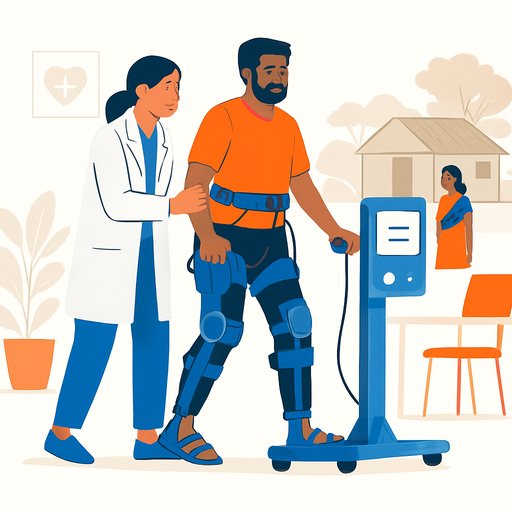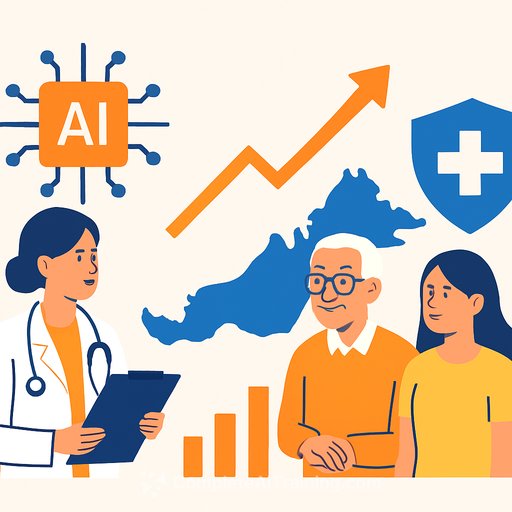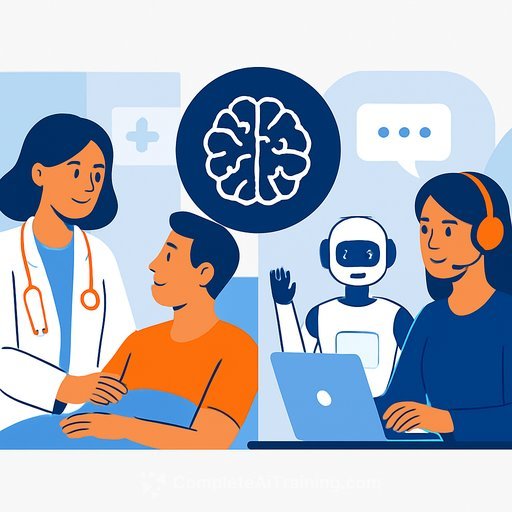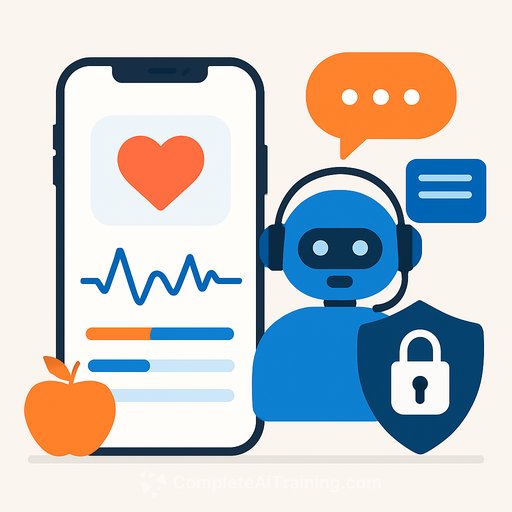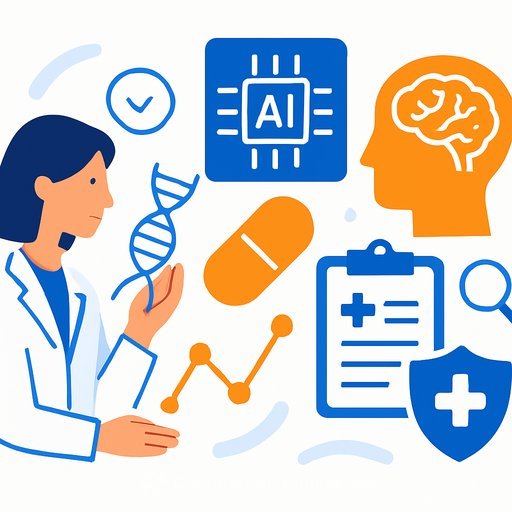Kerala brings robotic gait rehabilitation to primary care: G-Gaiter installed at Noolpuzha FHC
Kerala has become the first state in India to integrate robotic rehabilitation at the primary healthcare level. The Noolpuzha Family Health Center (FHC) in Wayanad now houses a Robotic Assisted Gait Trainer, the 'G-Gaiter', inaugurated by the state health minister, Veena George.
This rollout is part of the Chief Minister's Wayanad Special Rehabilitation Package. With over half the Noolpuzha Panchayat population belonging to tribal communities, local access to specialised rehab reflects a clear push for inclusive care.
What this means for healthcare teams
Robotic gait therapy is no longer confined to tertiary hospitals. Primary care teams can now initiate and progress gait-focused rehab for patients closer to home, reducing travel burdens and dropout rates while improving continuity of care.
According to Dr Dahar Mohammed V.P., Medical Officer, Noolpuzha FHC, the center serves a highly underserved region, and the availability of advanced rehab tools like the G-Gaiter directly addresses long-standing access gaps.
About the G-Gaiter and its clinical use
Developed by Genrobotics Innovations (Kerala-based), the G-Gaiter is a robotic gait therapy system for patients with mobility limitations. It supports both children and adults recovering from gait-related disabilities such as stroke, spinal cord injury, and cerebral palsy.
The system provides assisted, repeatable, and precise stepping patterns to support balance, coordination, and functional recovery. Its AI-driven control aims to mimic natural human gait patterns to promote neuroplasticity through high-quality, consistent repetitions.
As Vimal Govind M.K., co-founder and CEO of Genrobotics, explained: manual therapy cannot fully reproduce normal gait, while the device can coordinate limb movements to deliver a natural walking pattern. Repetition helps the brain relearn correct patterns.
Early outcomes and adoption in Kerala
The G-Gaiter has been in use for over a year at the Physical Medicine and Rehabilitation department of Thiruvananthapuram General Hospital. In a prospective crossover study with 36 stroke patients, clinicians observed significant improvements in balance and gait function. More than 80 patients have benefited from the system to date.
Patient selection and safety: quick guide
- Potential indications: Post-stroke hemiparesis, incomplete spinal cord injury, cerebral palsy, traumatic brain injury, post-fracture deconditioning with medical stability.
- Screen before use: Cardiovascular stability, blood pressure control, orthopedic integrity (no unstable fractures), skin integrity for harness contact points.
- Use caution/consider alternatives: Severe uncontrolled spasticity, significant cognitive/behavioral barriers to device cooperation, uncontrolled epilepsy, severe osteoporosis, active deep vein thrombosis.
- Team setup: PMR physician oversight, trained physiotherapist as primary operator, nursing support for safety and monitoring.
Workflow integration at primary care level
- Referral and triage: Establish clear criteria from CHCs/PHCs and specialty clinics; prioritize early post-acute cases who can tolerate task-specific repetition.
- Baseline assessment: Use standard measures (e.g., FIM, Berg Balance Scale, 10-Meter Walk Test) to set targets.
- Session structure: Warm-up, progressive weight support and speed adjustments, monitored intensity, cool-down, documentation.
- Progression: Reduce body-weight support and increase step quality/consistency before prioritizing speed.
- Continuity: Pair robotic sessions with conventional therapy and home exercise programs to generalize gains.
Metrics to track for quality and impact
- Clinical outcomes: Gait speed, step length symmetry, balance scores, endurance (6MWT), functional independence measures.
- Utilization: Sessions per patient, adherence rate, wait times, and referral-to-therapy start interval.
- Safety: Adverse events, near misses, hemodynamic responses during sessions.
- Equity: Patient demographics (including tribal community representation), travel distance saved, and continuity post-discharge.
Why this matters for equity and access
By positioning advanced rehab technology within a Family Health Center, Kerala is strengthening early rehabilitation and continuity for patients who are often left behind by distance and cost. Local access helps reduce caregiver burden and supports better adherence to therapy plans.
Further reading
Build AI literacy in your rehab team
The system uses AI to deliver consistent gait patterns. If your organization is upskilling clinicians and operations teams on practical AI concepts, see this curated catalog by job role: AI courses by job.
Your membership also unlocks:

